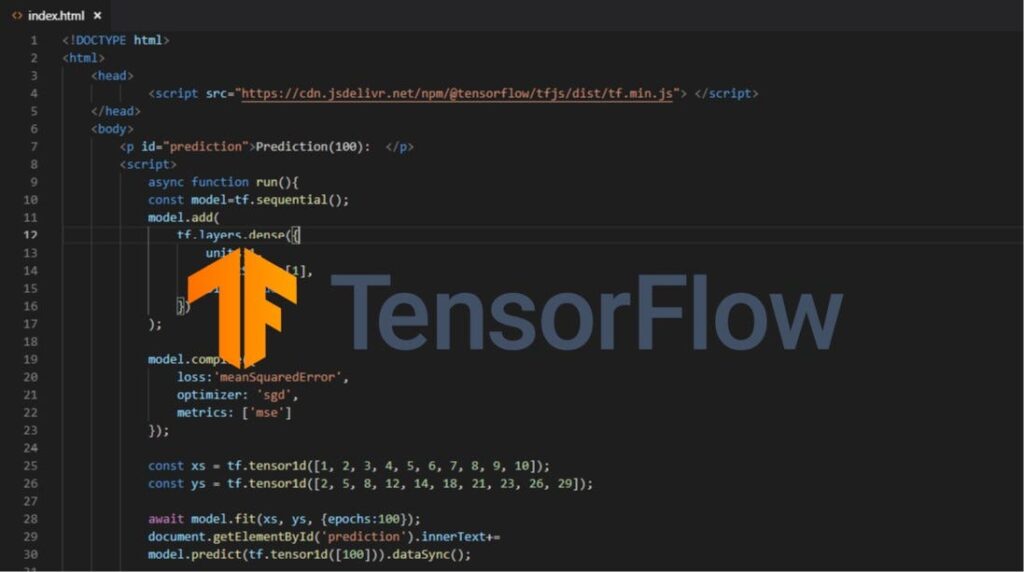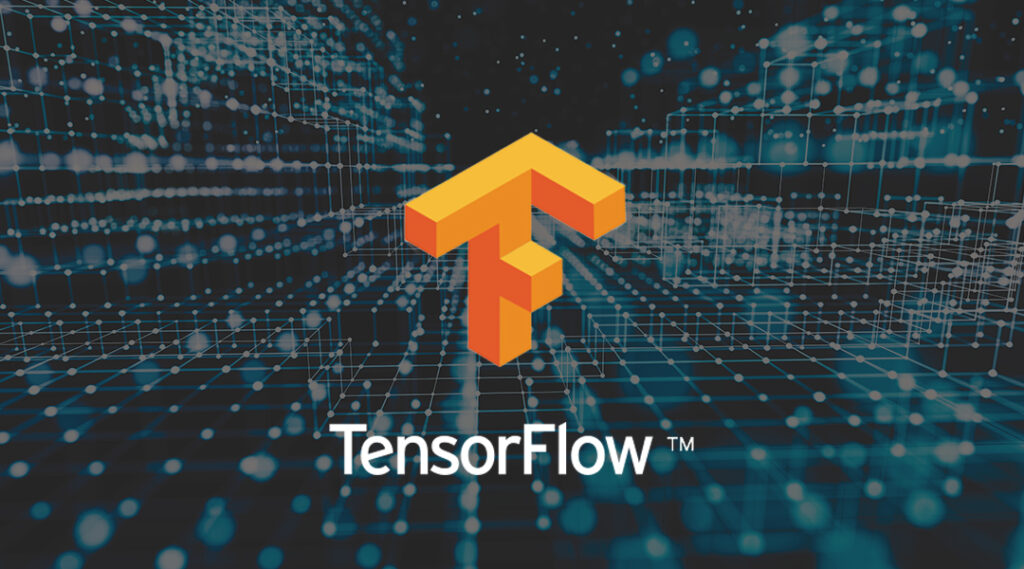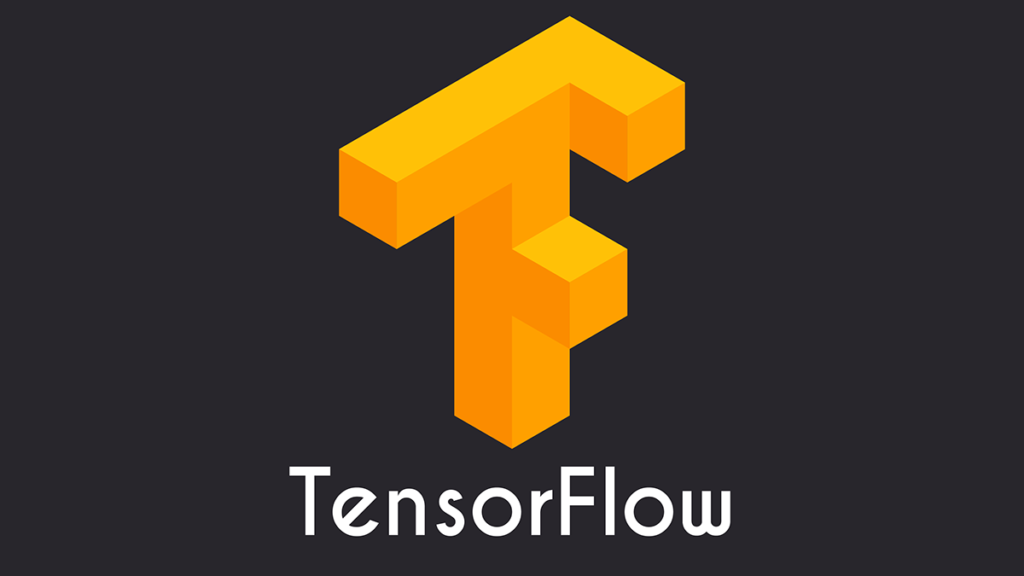TensorFlow
In the world of machine learning and artificial intelligence (AI), TensorFlow is one of the most popular and widely-used open-source frameworks. Developed by Google, TensorFlow allows developers to build and train machine learning models, and it provides tools for deep learning, data analysis, and scientific computation. But what exactly is TensorFlow, and why has it become the go-to framework for machine learning practitioners?
This article explores the key features, benefits, and real-world applications of TensorFlow, as well as its role in modern AI development. Whether you’re a beginner or an experienced AI developer, this guide will provide valuable insights into how TensorFlow works and why it’s crucial in the AI ecosystem.

What is TensorFlow ?
TensorFlow is an open-source framework for building machine learning and deep learning models. It was developed by the Google Brain team and released in 2015. The name “TensorFlow” comes from the fact that the framework uses tensors (multi-dimensional arrays) to represent data, and these tensors flow through the system’s computational graph.
At its core, TensorFlow allows developers to create neural networks that can learn from large datasets, make predictions, classify data, and solve complex problems. With the rise of AI technologies and the need for scalable solutions, TensorFlow has become an essential tool for data scientists, engineers, and researchers working in machine learning and AI.
Key Features of TensorFlow ( What is TensorFlow? )
TensorFlow offers a wide range of features that make it an attractive choice for machine learning projects. Here are some of the key features that set it apart from other frameworks:
- Flexible Architecture TensorFlow provides flexibility in terms of architecture. It can run on multiple platforms, including CPUs, GPUs, and even mobile devices. The flexibility allows it to be used for a wide variety of applications, from simple machine learning tasks to complex deep learning models.
- Scalability TensorFlow is built to scale, making it suitable for both small and large datasets. It supports distributed computing, enabling developers to train models on multiple machines in parallel, which is essential when working with massive datasets or complex models.
- Extensive Ecosystem TensorFlow comes with a wide array of tools and libraries that simplify the development process. Key components of the TensorFlow ecosystem include:
- TensorFlow.js: For running TensorFlow models in the browser.
- TensorFlow Lite: For deploying machine learning models on mobile and embedded devices.
- TensorFlow Hub: A library for reusable machine learning models and components.
- Support for Deep Learning TensorFlow is especially strong in deep learning, which involves the use of neural networks with many layers (hence the term “deep”). It allows developers to build advanced models for tasks like image recognition, natural language processing (NLP), and speech recognition.
- TensorFlow Extended (TFX) TensorFlow Extended is a production-ready machine learning platform that helps manage the end-to-end workflow of machine learning models, from data preprocessing to model deployment and monitoring.
- Keras Integration Keras, a high-level neural networks API, is integrated with TensorFlow. This makes building deep learning models easier by providing a user-friendly interface for defining and training neural networks.

How Does TensorFlow Work?
TensorFlow operates on a computational graph, where nodes represent mathematical operations and edges represent the data (tensors) that flow between these operations. When you define a machine learning model in TensorFlow, you essentially create a graph of operations that the model will perform to process and learn from data.
Here’s a breakdown of how TensorFlow works:
- Defining a Model Developers begin by defining a machine learning model. This model could be a simple linear regression model or a complex neural network. The model is defined in terms of mathematical operations, such as matrix multiplications, activations, and loss functions.
- Creating a Computational Graph Once the model is defined, TensorFlow creates a computational graph. This graph represents the flow of data (tensors) through the model, and it describes how different parts of the model interact with each other.
- Training the Model After the model and graph are defined, the next step is training. During training, TensorFlow takes input data and runs it through the model. The model’s parameters (weights) are adjusted through backpropagation, which is an optimization algorithm that minimizes the model’s error.
- Inference and Predictions Once the model is trained, it can be used to make predictions on new data. This is the inference phase, where the trained model applies what it has learned to classify, predict, or generate new data.
- Optimization TensorFlow uses optimization algorithms, such as gradient descent, to improve the model’s performance over time. These algorithms help minimize the loss function, which measures the model’s error, leading to better predictions.
Why is TensorFlow Popular?
( What is TensorFlow? )
TensorFlow has gained significant popularity in the machine learning community for several reasons:
1. Open Source and Free
TensorFlow is open-source, which means developers have free access to the code and can contribute to the framework’s development. This openness has led to a thriving community of developers, researchers, and data scientists who continually improve TensorFlow.
2. Google’s Backing
TensorFlow is developed and maintained by Google, which gives it a level of trust and stability. Google uses TensorFlow internally for many of its AI applications, including Google Search, Google Translate, and Google Photos.
3. Support for Production Deployment
TensorFlow provides powerful tools for deploying models into production environments. With TensorFlow Serving and TensorFlow Lite, models can be easily deployed on servers, mobile devices, or edge devices, making TensorFlow an excellent choice for real-world applications.
4. Cross-Platform Compatibility
TensorFlow supports multiple platforms, including Windows, macOS, Linux, and mobile devices. This cross-platform compatibility ensures that developers can work on TensorFlow no matter what operating system they use.
5. Community and Documentation
TensorFlow has a large, active community of developers and researchers who contribute to the framework and offer support. The framework also comes with extensive documentation, tutorials, and educational resources, making it easier for beginners to get started with machine learning.
Applications of TensorFlow
TensorFlow has a wide range of applications across different industries. Here are some of the most common uses of TensorFlow:
1. Image Recognition
TensorFlow is widely used for image classification, object detection, and image generation. It is commonly used in fields like healthcare (e.g., medical imaging), autonomous driving (e.g., detecting objects on the road), and social media (e.g., facial recognition).
2. Natural Language Processing (NLP)
TensorFlow is also used in NLP tasks such as language translation, text generation, sentiment analysis, and chatbot development. With tools like TensorFlow Text and TensorFlow Hub, developers can create models that understand and generate human language.
3. Speech Recognition
TensorFlow is used in speech recognition systems, enabling applications like voice assistants (e.g., Google Assistant, Siri), transcription services, and real-time speech translation.
4. Predictive Analytics
TensorFlow is used to develop predictive models for industries like finance, marketing, and retail. For example, it can help predict stock prices, customer churn, or demand forecasting.
5. Reinforcement Learning
TensorFlow supports reinforcement learning, which involves training models to make decisions based on rewards. It is used in robotics, game AI, and autonomous systems.

TensorFlow vs. Other Machine Learning Frameworks
TensorFlow is not the only machine learning framework available. Other popular frameworks include PyTorch, Keras, and Scikit-learn. So, how does TensorFlow compare to these other tools?
- TensorFlow vs. PyTorch: PyTorch is another popular deep learning framework known for its dynamic computation graph and ease of use in research. While TensorFlow is preferred for production environments and large-scale systems, PyTorch is often seen as more flexible for research and rapid prototyping.
- TensorFlow vs. Keras: Keras is actually integrated within TensorFlow as a high-level API. While Keras provides a more user-friendly interface for building models, TensorFlow offers greater flexibility and control, especially for complex architectures.
- TensorFlow vs. Scikit-learn: Scikit-learn is a simpler framework for machine learning that focuses on traditional machine learning algorithms like regression, classification, and clustering. TensorFlow, on the other hand, is more powerful for deep learning tasks and handling large datasets.
Conclusion
TensorFlow is a powerful and versatile framework that has become a key tool in the world of machine learning and AI. Its flexibility, scalability, and extensive ecosystem make it an ideal choice for building and deploying machine learning models, whether you’re working on research or real-world applications. From image recognition and natural language processing to predictive analytics and reinforcement learning, TensorFlow has proven its worth in a variety of domains.
As machine learning continues to evolve, TensorFlow is likely to remain one of the most important frameworks for AI development, helping shape the future of technology.






1 Comment